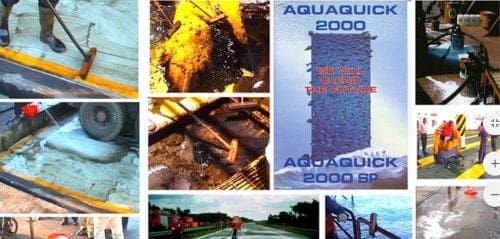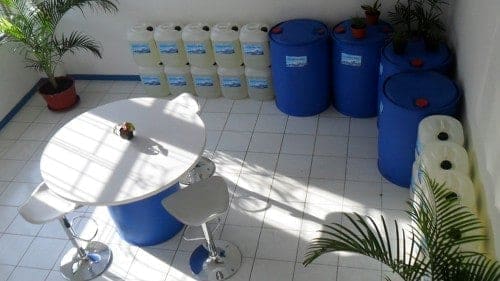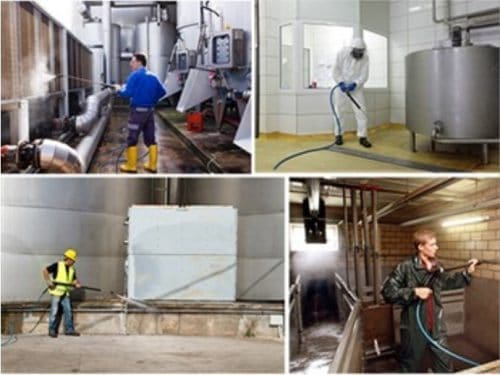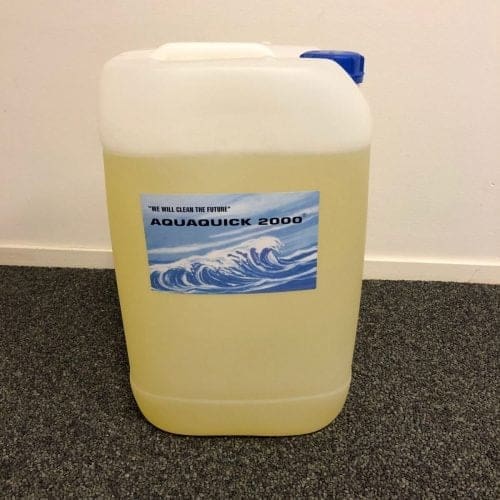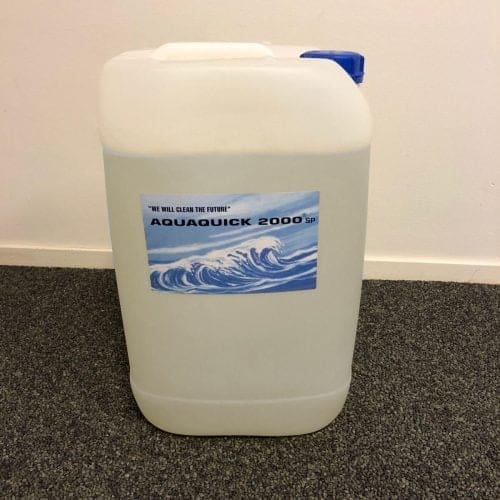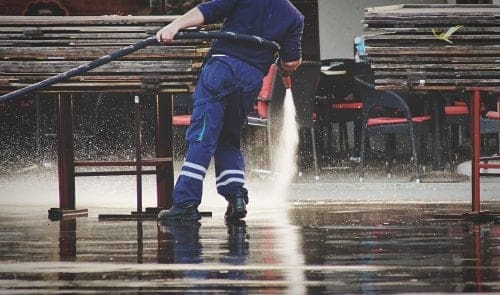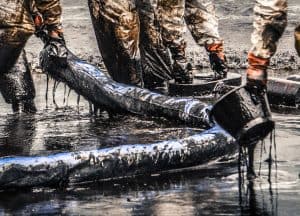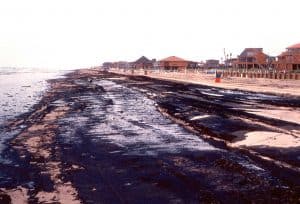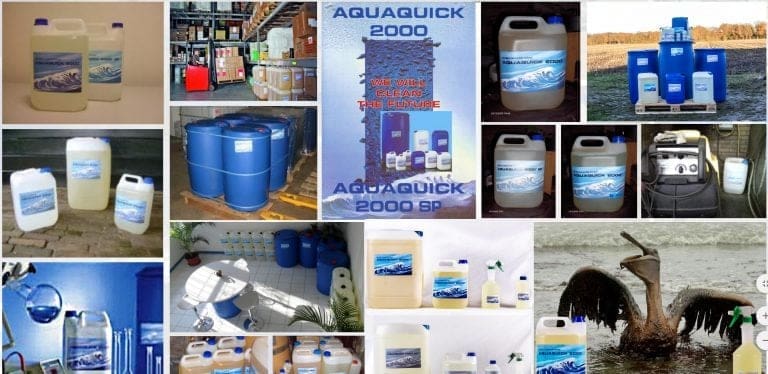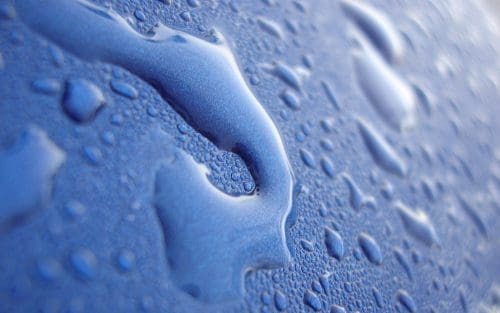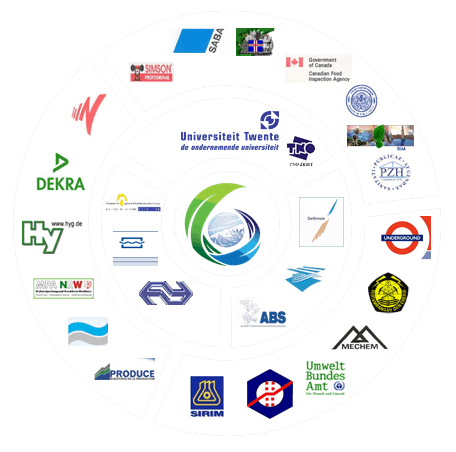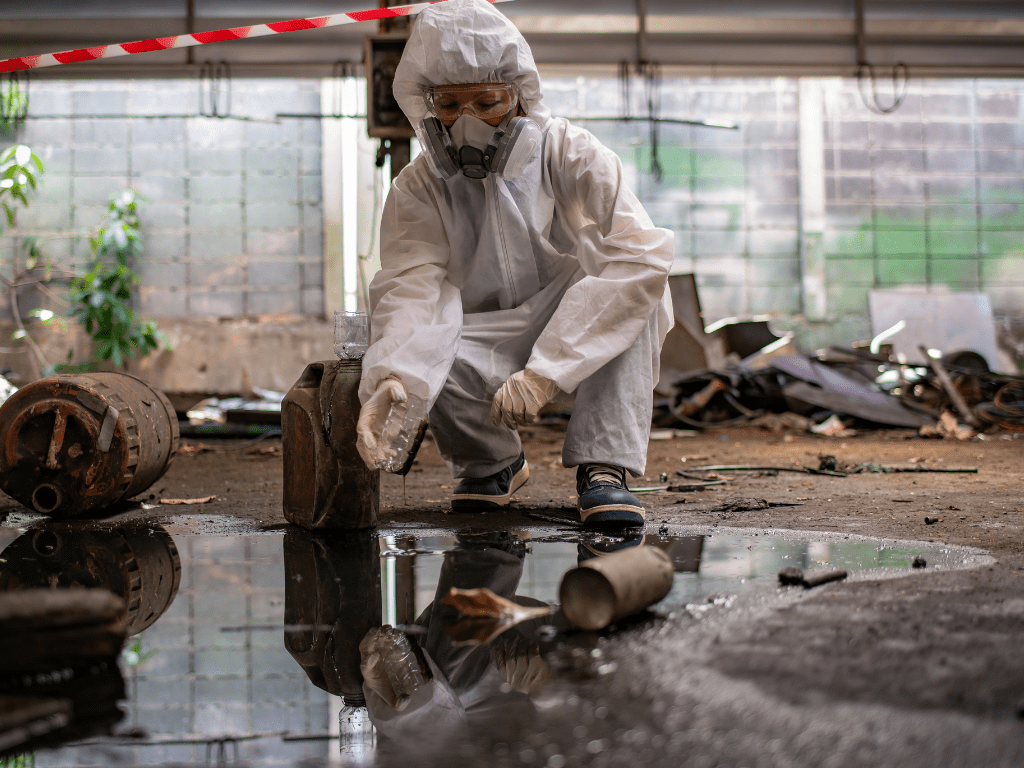Oil stains on concrete can be frustrating and unsightly. Whether it’s from a vehicle leak, a spill during maintenance, or accidental kitchen oil disposal, cleaning oil from concrete is essential to maintain its appearance and prevent long-term damage. In this guide, we’ll explore step-by-step methods for effectively removing oil stains from concrete surfaces. By the end, you’ll have all the tools and tips you need to tackle even the toughest stains. Let’s dive in.
Why Is Cleaning Oil from Concrete Important?
Oil stains not only look unattractive but can also weaken the structural integrity of concrete over time. Concrete is porous, meaning it absorbs oil easily, which can lead to discoloration and a greasy residue. In addition, oil buildup on driveways, garage floors, or sidewalks can create safety hazards due to reduced traction.
Failing to address oil stains promptly may also result in permanent marks that are harder to clean later. Routine cleaning can help maintain the durability and aesthetics of your concrete, making your property look well-kept.
Tools and Materials Needed
Before you start cleaning oil from concrete, gather the following tools and materials:
- A stiff-bristled brush
- Cat litter or baking soda (for absorbing fresh oil spills)
- Dishwashing detergent or degreasers
- Hot water
- A pressure washer (optional for deep cleaning)
- AQUAQUICK 2000, an eco-friendly oil remover
- Protective gloves and eyewear
These tools and materials will help you clean effectively and safely, especially if you’re dealing with stubborn or large stains.
Step-by-Step Guide on How to Clean Oil from Concrete
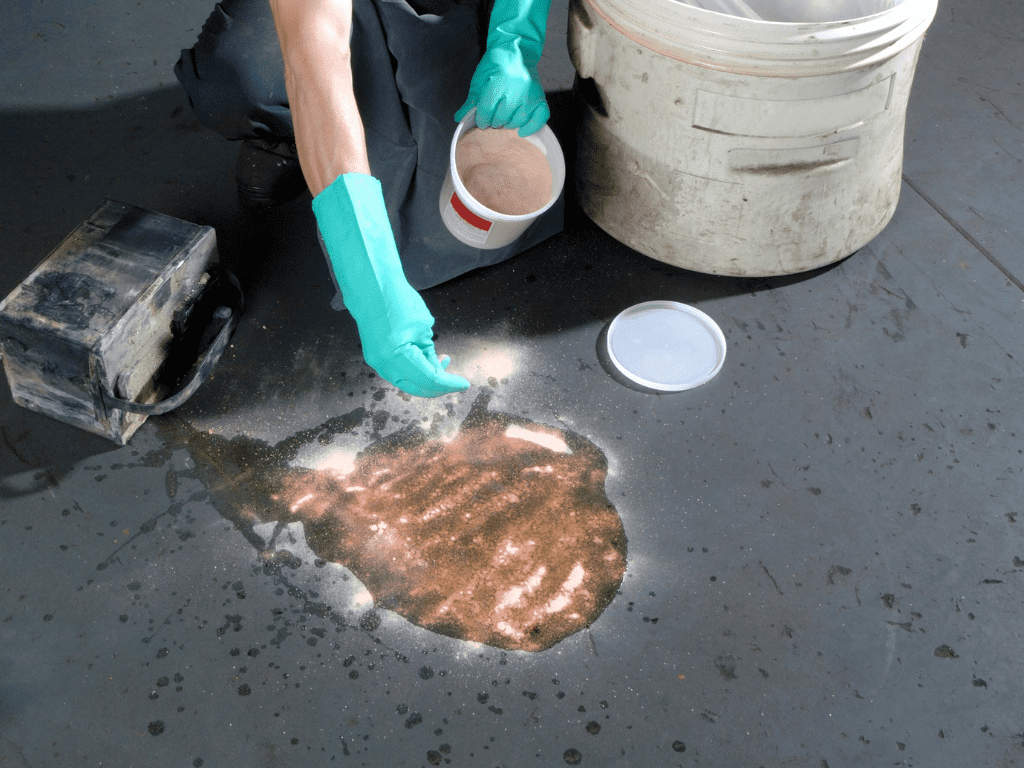
1. Absorb Fresh Oil Spills Immediately
If the oil spill is recent, start by absorbing as much oil as possible. Sprinkle cat litter, baking soda, or sawdust generously over the affected area. Allow it to sit for 15-30 minutes to soak up the excess oil. Once the material has absorbed the oil, sweep it away with a broom and dispose of it properly.
This initial step prevents the oil from penetrating deeper into the concrete’s surface, making subsequent cleaning much easier.
2. Pre-Treat the Stain with a Cleaning Agent
Once the excess oil has been removed, pre-treat the stained area with a degreasing product like dishwashing detergent or AQUAQUICK 2000. Apply the cleaner directly to the stain and scrub with a stiff-bristled brush. Let the cleaner sit for 10-15 minutes to break down the oil particles.
Using AQUAQUICK 2000 is highly effective because it’s designed to emulsify and lift oil stains without harming the environment. This product is particularly useful for older, more stubborn stains.
3. Use Hot Water and Scrub
After pre-treating the area, pour hot water over the stain and scrub vigorously with the brush. The combination of heat and scrubbing helps to loosen the oil further. Rinse thoroughly with water to remove residue. Repeat this process if needed until the stain begins to fade.
For large or multiple stains, consider using a pressure washer for a deeper clean. Pressure washers are highly effective in lifting oil from porous surfaces like concrete.
4. Apply a Poultice for Stubborn Stains
If the stain persists, you may need to apply a poultice. Mix a thick paste using baking soda and water or a specialized cleaning powder. Spread the paste over the stained area and cover it with plastic wrap to prevent drying. Let it sit for 24 hours before scrubbing and rinsing. This method draws out the oil that’s deeply embedded in the concrete.
Preventive Measures to Keep Concrete Oil-Free
Preventing oil stains is just as important as cleaning them. Here are a few tips:
- Use drip pans or mats: Place these under vehicles or equipment that are prone to oil leaks.
- Seal the concrete: Apply a concrete sealant to create a protective barrier, making it harder for oil to seep in.
- Clean spills immediately: Quick action can prevent stains from becoming permanent.
- Regular maintenance: Keep your concrete surfaces clean and inspect for early signs of oil stains.
By following these measures, you can significantly reduce the likelihood of oil damage on your concrete surfaces.
Why Use AQUAQUICK 2000 for Oil Stains?
AQUAQUICK 2000 is a biodegradable and eco-friendly cleaning solution that excels at removing oil from concrete surfaces. Unlike harsh chemicals, it is safe for the environment and poses no risk to nearby plants or soil. AQUAQUICK 2000 works by breaking down oil molecules, lifting them from the surface without leaving behind harmful residues.
Whether you’re cleaning up a fresh spill or tackling an old stain, AQUAQUICK 2000 simplifies the process and delivers outstanding results. It’s particularly effective for commercial properties, garages, and areas that frequently encounter oil spills.
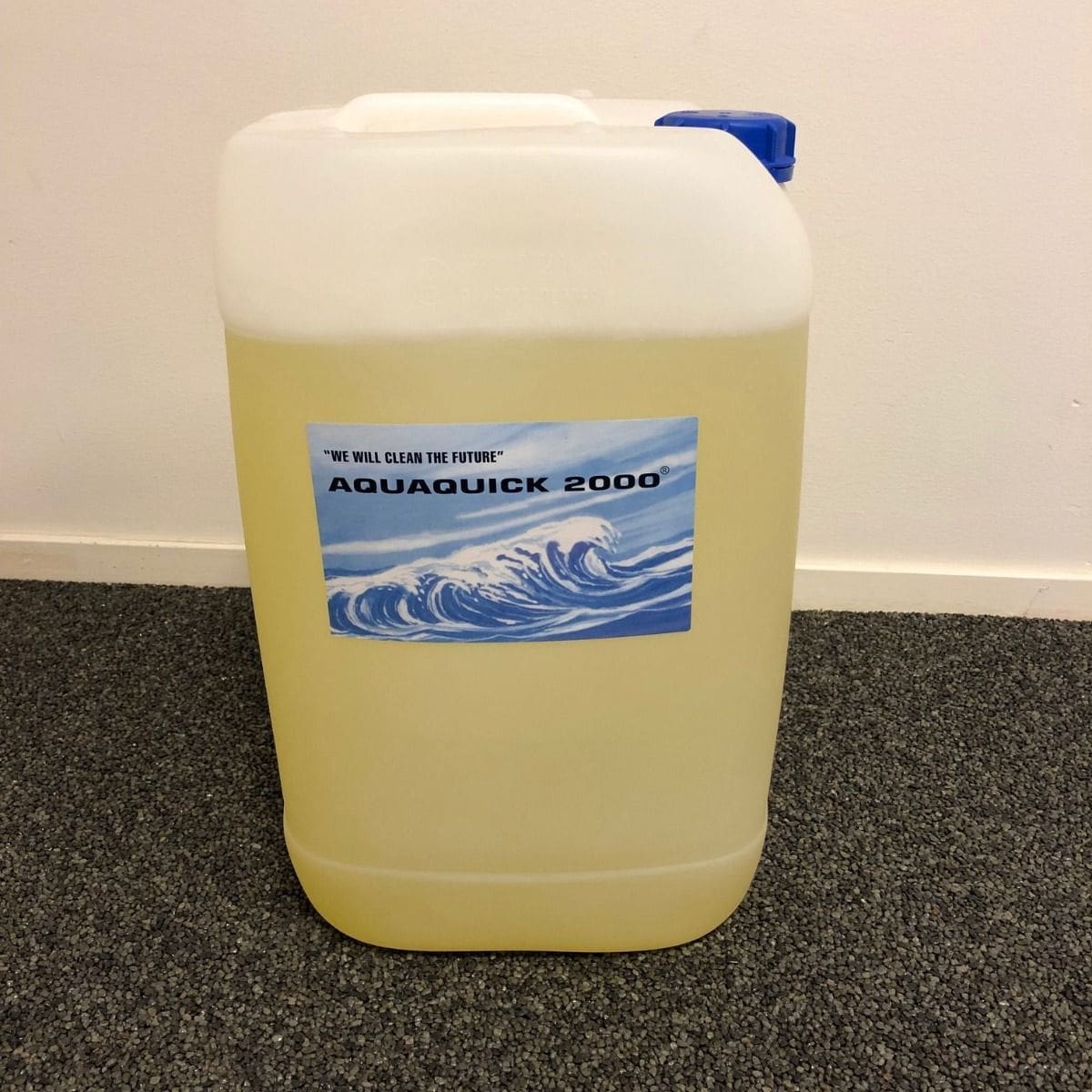
Alternative Methods for Cleaning Oil from Concrete
If you don’t have the tools or cleaners mentioned above, here are a few alternatives for cleaning oil from concrete:
1. White Vinegar and Baking Soda
Mix equal parts of white vinegar and baking soda to create a cleaning paste. Apply this paste to the stain, scrub thoroughly, and rinse with water. This method works well for small, fresh stains but may not be effective for older, set-in stains.
2. Commercial Oil Removers
There are various commercial oil removers available on the market. While effective, these products can sometimes be harsh on the environment. Be sure to read the label and follow safety guidelines.
3. Laundry Detergent Powder
Sprinkle laundry detergent powder over the stain and add a small amount of water to create a paste. Scrub with a brush, let it sit for 15 minutes, and rinse with water.
While these methods are good in a pinch, using a product like AQUAQUICK 2000 provides a more efficient and eco-friendly solution for cleaning oil from concrete.
Conclusion
Knowing how to clean oil from concrete is essential for maintaining a safe and visually appealing property. By acting quickly, using the right tools, and following proven methods, you can effectively remove oil stains from any concrete surface. Products like AQUAQUICK 2000 make the process easier, offering an environmentally friendly and powerful solution to even the toughest stains.
With regular maintenance and preventive measures, you can keep your concrete surfaces in pristine condition for years to come. Whether you’re dealing with a minor spill or a persistent stain, the steps outlined above will help you restore your concrete to its original state. Start your cleaning journey today and enjoy spotless, oil-free concrete.

